Foot reflexology, an ancient practice rooted in stimulating specific points on the feet, offers unexpected benefits for both body and mind. Studies reveal its potential to reduce pain by over 40%, while also easing stress through improved circulation and endorphin release. This gentle yet powerful technique holds promise for many, yet its full impact remains intriguing. Uncovering its deeper effects could transform one’s approach to wellness.
Key Takeaways
- Foot reflexology reduces pain intensity by over 40% per session, targeting root discomfort through reflex points.
- It lowers stress and anxiety by improving blood flow and engaging the central nervous system.
- Reflexology supports recovery from chronic pain, fatigue, and conditions like neuropathy or hypertension.
- It promotes relaxation and cortisol reduction by stimulating nerve endings in specific foot zones.
- As a holistic therapy, it complements medical care, enhancing sleep and easing anxiety.
Exploring Pain Relief Through Foot Reflexology
How can a simple touch to the feet offer respite from persistent pain? For those seeking relief and a sense of connection, the benefits of foot reflexology provide a promising path. Research, including a 2018 military study, shows pain intensity dropping by over 40% after just one session. By targeting reflex points linked to specific organs and systems, this practice addresses discomfort at its root while enhancing circulation to deliver essential oxygen to pained areas.
Beyond this, reflexology reduces inflammation by enhancing blood flow and toxin removal, easing swelling and supporting healing. It also modulates the central nervous system, releasing endorphins to alter pain perception. A 2020 study on kidney transplant patients further confirms that reflexology significantly reduces post-operative pain. Together, these benefits of foot reflexology offer a holistic integration for those yearning for comfort and community.
Enhancing Mental Wellness With Reflexology Techniques
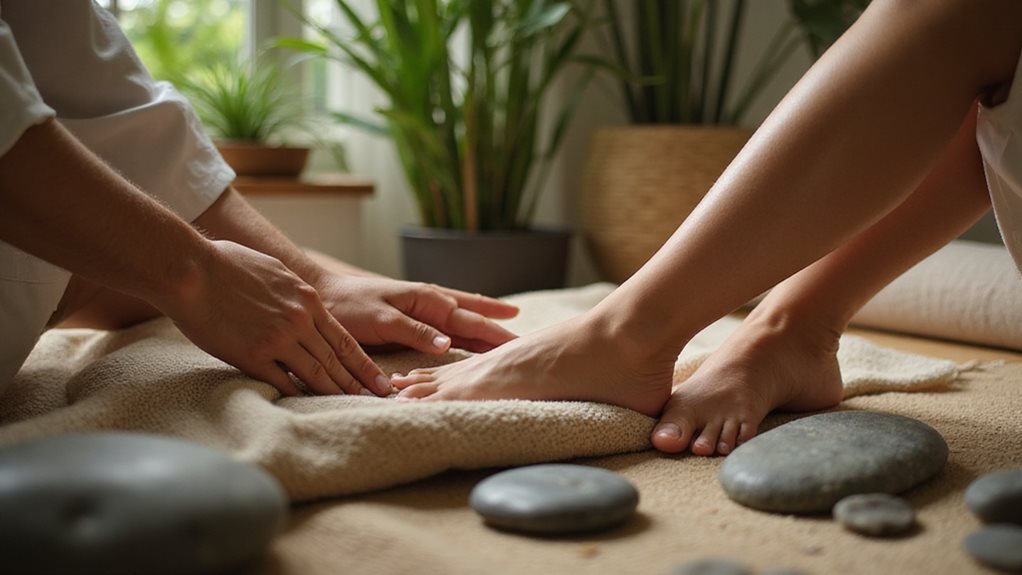
Why might a gentle touch to the feet uplift the mind as much as the body? Foot reflexology offers a profound connection to mental wellness, engaging the central nervous system through targeted nerve activation. This practice fosters calm by improving blood flow, which lowers stress and anxiety levels, as supported by randomized controlled trials showing significant anxiety reduction (Hedges’ g = −1.237). It interrupts repetitive stress patterns, restoring natural balance within. Clinical trials also reveal reflexology’s efficacy mirrors that of dedicated relaxation methods, making it a valuable tool for psychological harmony. Systematic reviews further confirm that reflexology can effectively reduce stress symptoms through targeted foot pressure. For those seeking comfort and connection, reflexology provides a nurturing path to inner peace, inviting a shared path toward mental well-being through the simple power of touch.
Supporting Recovery in Diverse Health Conditions
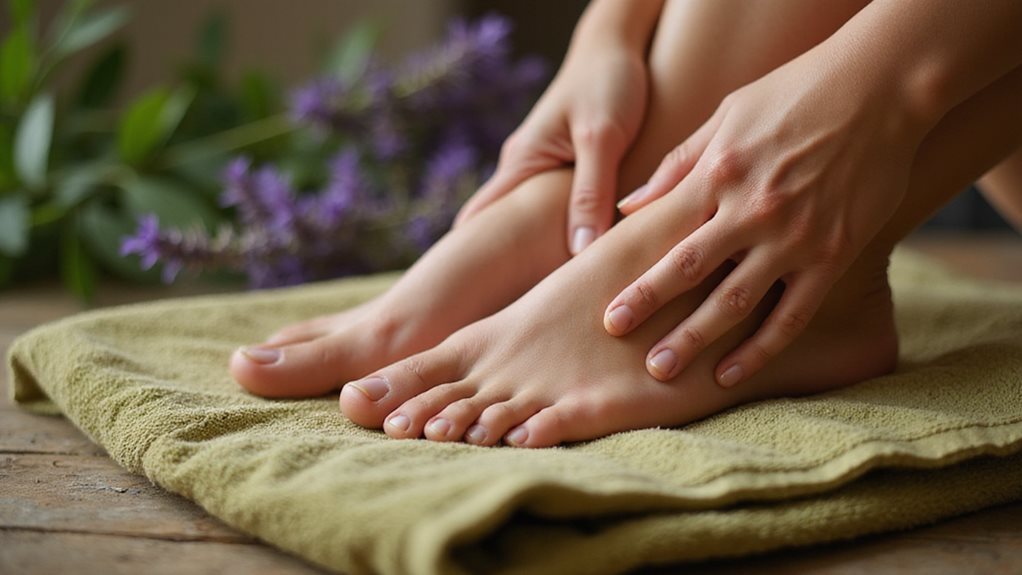
As a complementary therapy, foot reflexology offers remarkable support for patients recovering from a wide array of health conditions, ranging from acute injuries to chronic illnesses. By stimulating specific foot points, it eases chronic pain like headaches or arthritis, promotes faster healing of wounds and post-surgical discomfort, and reduces fatigue in cancer patients and new mothers. It also improves circulation, aiding in hypertension management and diabetic ulcer recovery, while supporting immune function.
For those with digestive struggles, it alleviates nausea, bloating, and IBS symptoms, fostering gut health. Additionally, it enhances nerve function by revitalizing nerve endings, which can benefit conditions like neuropathy or fibromyalgia (revitalizing nerve endings). Furthermore, it complements rehabilitation for fractures and joint replacements by reducing swelling and improving muscle recovery. Foot reflexology welcomes people seeking holistic healing, offering a nurturing path to restored well-being.
Understanding the Science Behind Reflexology Zones
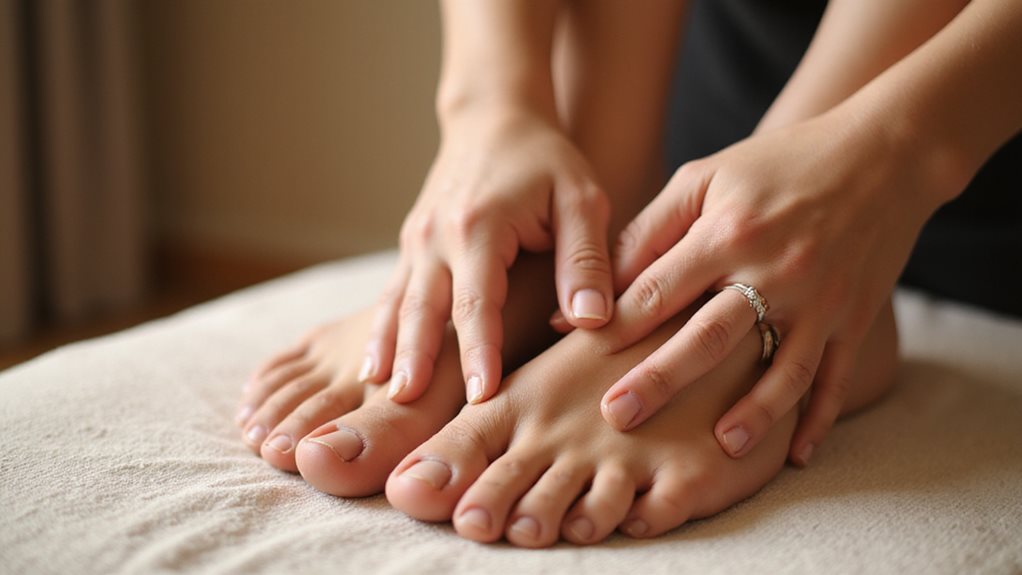
What lies beneath the practice of foot reflexology that makes it a compelling complementary therapy? At its core, reflexology is grounded in ancient healing traditions from Chinese, Egyptian, and native cultures, mapping the body into zones where feet mirror organs like the heart and lungs. Specific pressure on these zones is believed to stimulate nerve endings, sending signals to the central nervous system to improve blood flow and reduce stress. Though scientific evidence remains limited, with debates on precise zone locations, the therapy’s link to relaxation and cortisol reduction resonates deeply. Recognized as complementary medicine, reflexology offers a distinct path to balance, inviting those seeking connection to investigate how targeted touch may harmonize body and mind. Reflexologists often divide the body into ten vertical zones, emphasizing a systematic approach to targeted pressure for holistic wellness (ten vertical zones).
Integrating Reflexology Into Holistic Health Practices
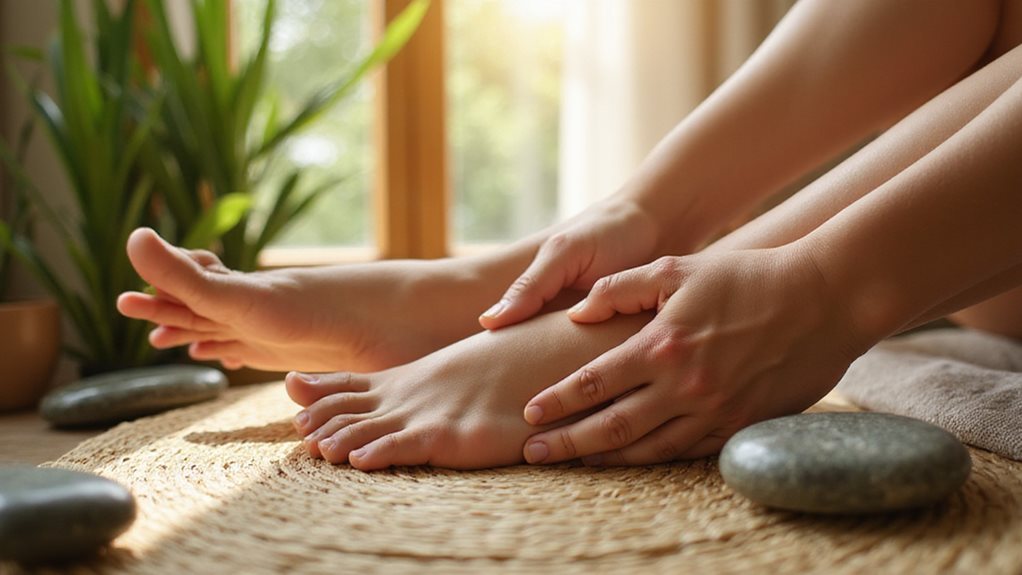
Embracing a thorough approach to wellness, many people and healthcare providers are integrating foot reflexology into holistic health practices. This non-invasive therapy complements medical care by targeting specific reflex zones linked to internal organs, offering pain relief, stress reduction, and improved sleep across all age groups. Its value in nursing and complementary medicine is evident, supporting recovery and psychological regulation without reliance on drugs.
Beyond physical benefits, reflexology improves circulation, aids wound healing, and eases anxiety through deep relaxation. Research highlights its effectiveness in reducing chronic pain, with studies showing significant relief for many patients after just one session chronic pain relief. As a community-focused practice, it fosters a shared path toward health, with certified practitioners ensuring safe, effective care. Recognized in rehabilitation and corporate wellness, reflexology unites diverse fields, inviting everyone to experience its nurturing, revitalizing potential.
Frequently Asked Questions
Is Foot Reflexology Safe During Early Pregnancy?
Regarding safety in early pregnancy, foot reflexology is generally considered safe when performed by trained practitioners. With gentle techniques and thorough medical reviews, it supports maternal well-being, fostering comfort and connection during this sensitive time.
Can Reflexology Help With Chronic Insomnia?
Research shows reflexology can effectively aid chronic insomnia. By reducing stress hormones and calming the nervous system, it fosters better sleep. Many find relief and connection through this supportive, holistic approach to wellness.
Are There Risks With Reflexology for Diabetics?
For diabetics, reflexology poses risks like hypoglycemia, destabilized glucose levels, and neuropathy exacerbation. Practitioners may lack diabetes-specific training, potentially causing harm. Careful monitoring and skilled care are crucial for safe practice.
How Often Should Reflexology Sessions Be Scheduled?
While some may worry about over-scheduling, finding the right frequency for reflexology sessions is key. Experts suggest weekly sessions for acute issues, biweekly for moderate concerns, and monthly for maintenance, fostering holistic wellness together.
Does Reflexology Require Special Training to Practice?
Reflexology does require expert training to practice effectively. Aspiring practitioners must complete extensive coursework, often 150-300 hours, including hands-on skills. Certification, though voluntary, guarantees credibility, fostering trust and connection within the wellness community.
Conclusion
In the quiet sanctuary of reflexology, a world of healing unfolds beneath the feet, where ancient pressures weave a tapestry of relief and renewal. For those seeking comfort from pain or stress, this practice offers a gentle, yet profound, path to wellness. Let reflexology be the compass guiding one toward balance, as science and tradition harmonize to nurture body and mind, inviting all to step into a life of restored harmony.
